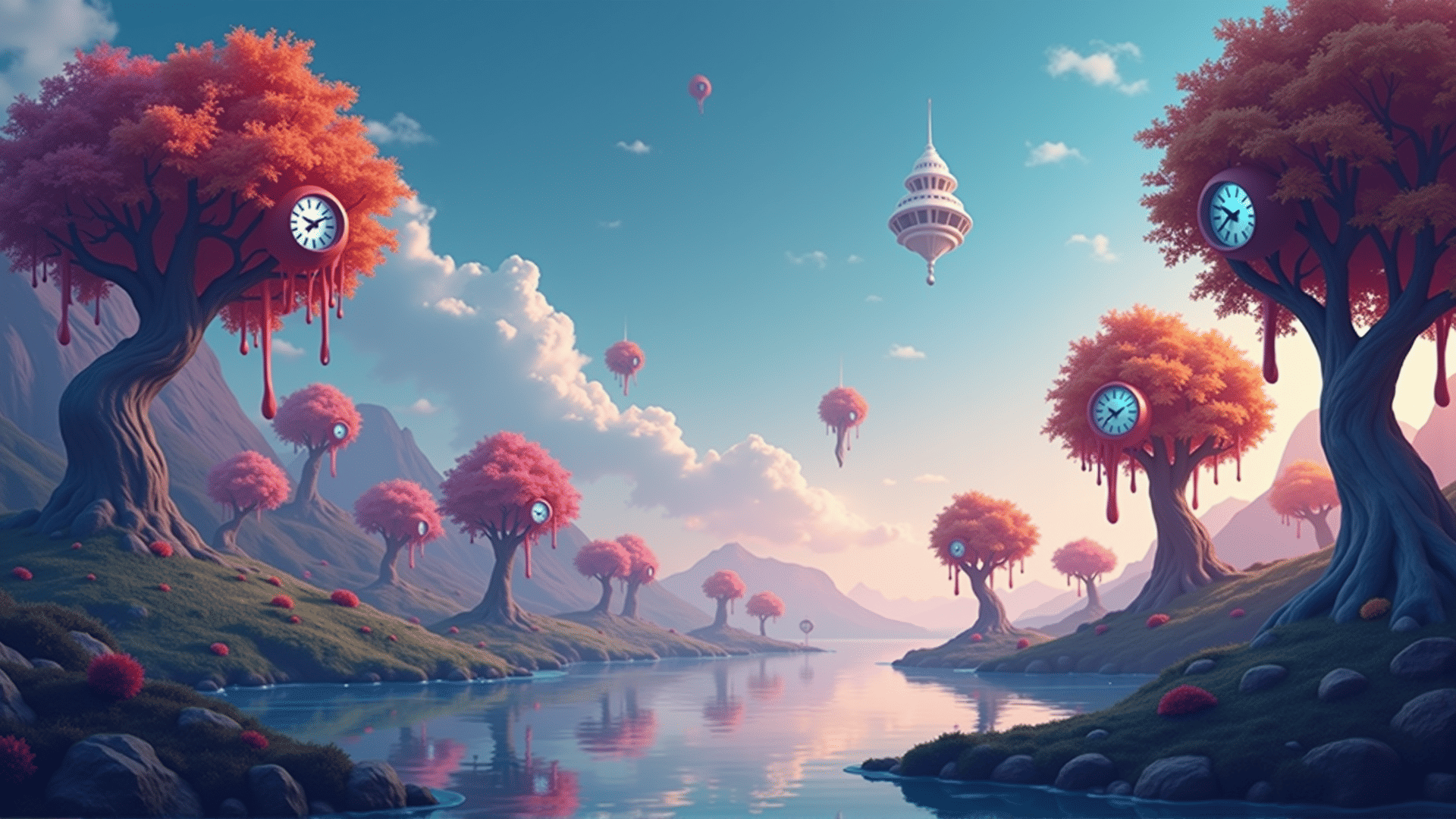In recent years, the allure of surrealism has experienced a renaissance, captivating both artists and viewers with its enigmatic beauty and boundary-pushing concepts. Originating in the early 20th century, surrealism sought to unleash the subconscious mind, allowing dream-like visions to materialize on canvas. Today, contemporary artists draw inspiration from these foundations, redefining surrealism to resonate with modern sensibilities.
Surrealism's attraction lies in its ability to transcend reality, offering viewers an escape into realms where the ordinary becomes extraordinary. Contemporary surrealists continue this tradition, using the movement's core principle—challenging traditional perceptions—to explore the complexities of modern life. They weave together elements of fantasy, technology, and urban landscapes, creating unconventional works that blur the lines between the tangible and the imagined.
Technology plays a significant role in this evolution. With the advent of digital tools, artists are now able to explore dimensions previously unattainable through traditional media. This digital art forms a new wave of surrealism, blending the meticulousness of digital manipulation with the emotive depth of classic painting techniques. Through virtual reality and immersive installations, artists transport audiences into their visions, offering a multi-sensory journey and actively engaging viewers in the art-making process.
Furthermore, modern surrealism often engages with philosophical and socio-political themes, offering commentary on the realities of contemporary existence. This important shift challenges viewers to question their surroundings and introspect about the world at large. Through allegorical and metaphorical imagery, artists address topics such as identity, freedom, and the human experience. This charged artwork not only serves to enchant aesthetically but also to provoke thought and dialogue.
Artists like Tara Donovan and Ron Mueck have pushed surrealism's capabilities, embodying it through large-scale installations that dwarf the audience and challenge perceptions of space and scale. Donovan's work plays on organic patterns found in nature, using ordinary materials like paper cups and plastic straws to create otherworldly landscapes. Mueck, on the other hand, delves into hyper-realistic sculptures that unsettle through their exaggerated size and intricate detail, presenting a surreal take on the human form.
Equally compelling is the role of surrealist elements in contemporary filmmaking and animation. Directors like Guillermo del Toro and animators such as Hayao Miyazaki have brought surrealist narratives to the forefront of visual storytelling. Their work intertwines fantastical elements with poignant human stories, captivating global audiences and expanding surrealism’s reach beyond the confines of traditional art forms.
Social media platforms have also become potent tools for modern surrealists, enabling artists to share their visions with a global audience instantaneously. This accessibility democratizes art, offering a platform for diverse voices to contribute to the evolving narrative of surrealism.
In conclusion, surrealism in modern art embodies a fluid and dynamic dialogue between the past and present. By embracing technology, addressing contemporary issues, and engaging across various mediums, today's surrealists offer fresh perspectives on an age-old artistic tradition. As it continues to evolve, surrealism remains a vital force in the art world, inviting us to explore the limitless possibilities of the imagination.
